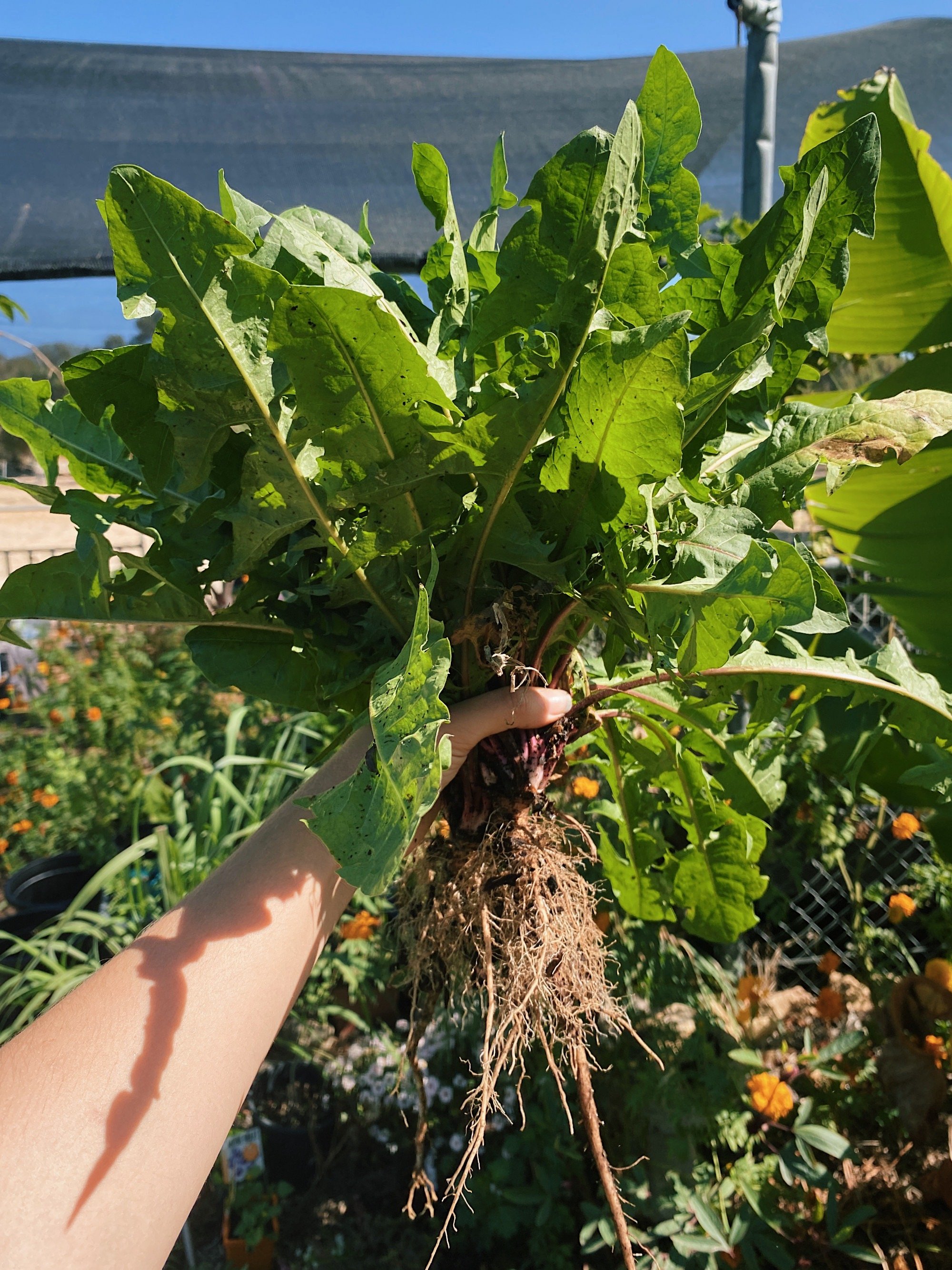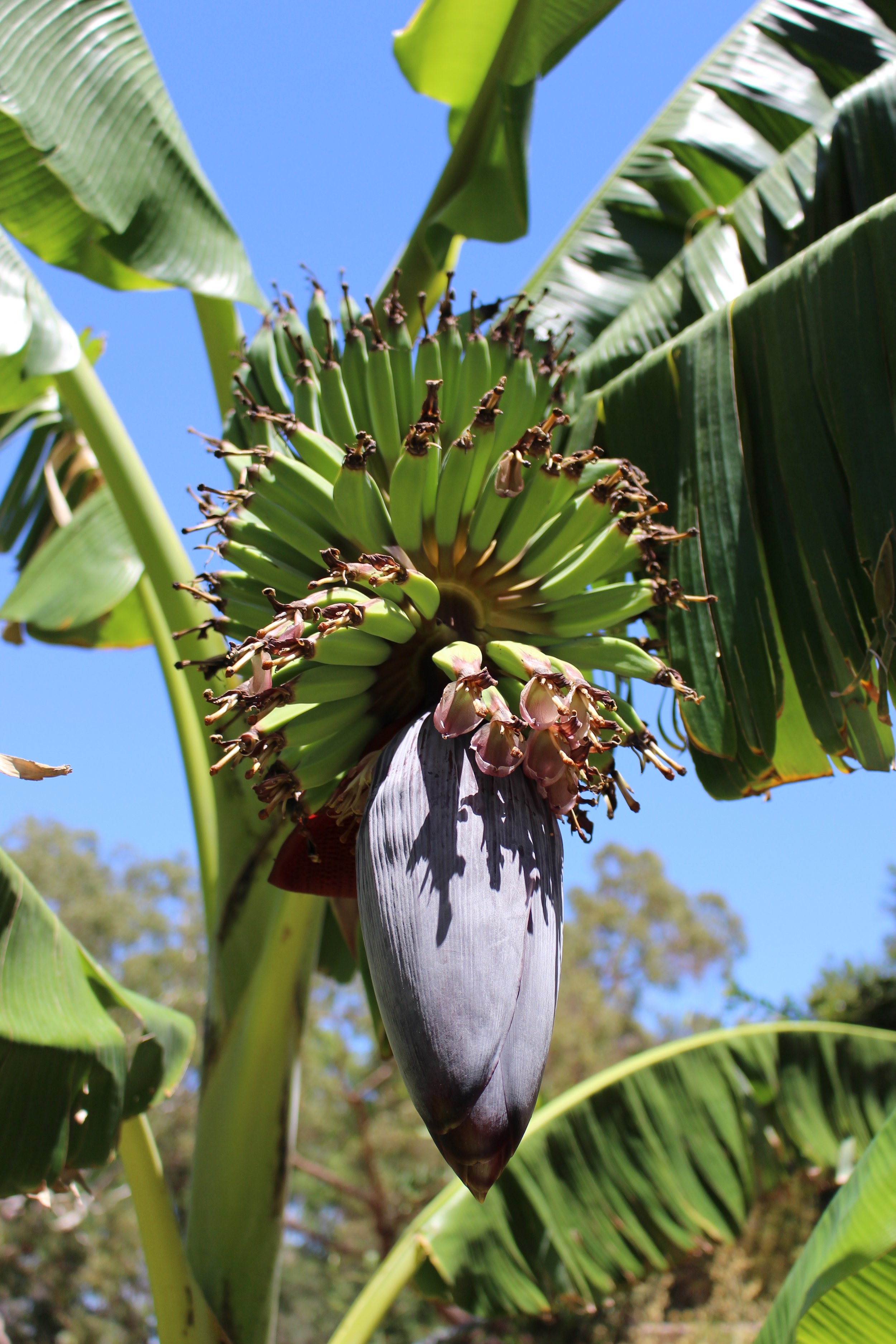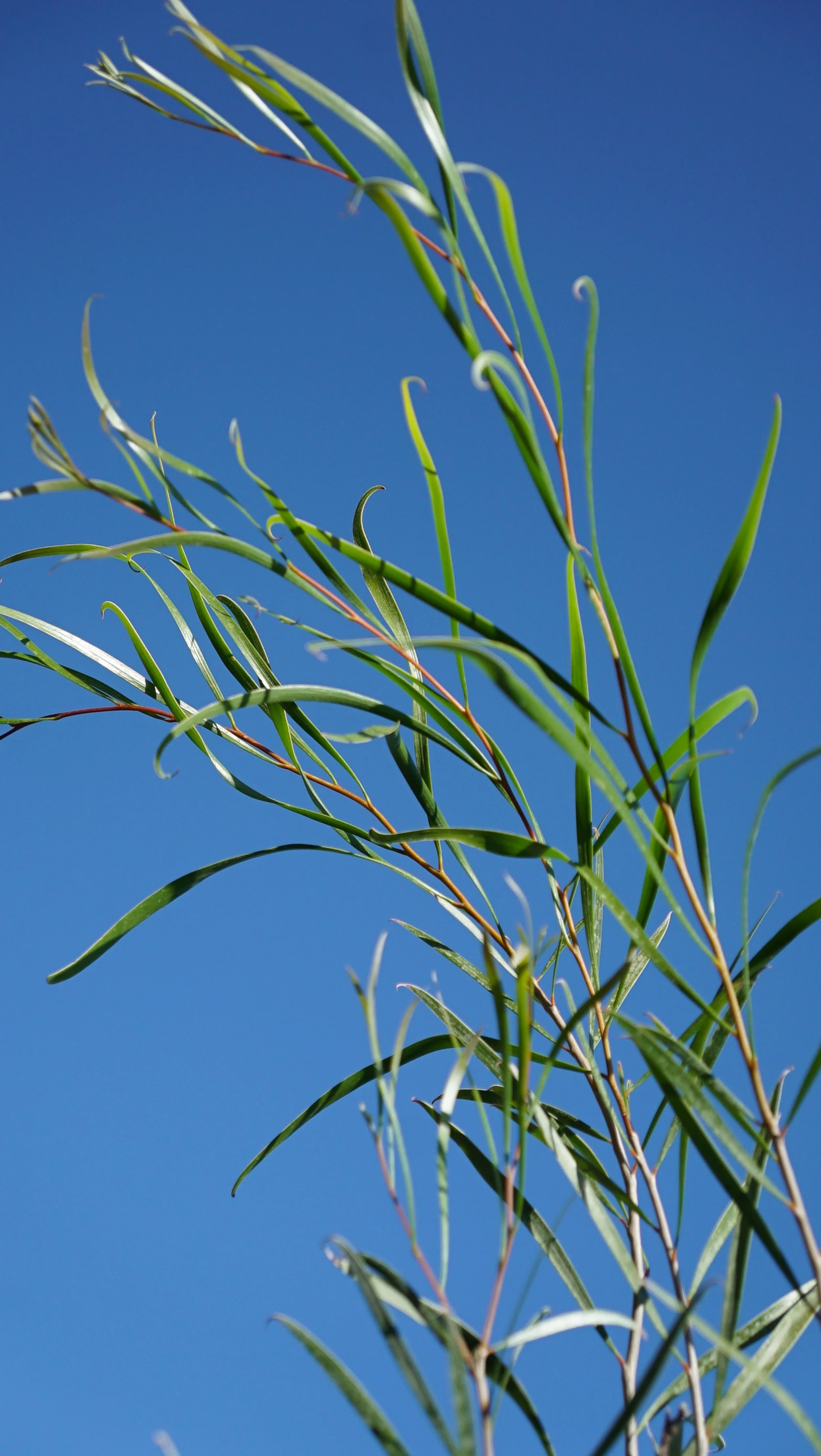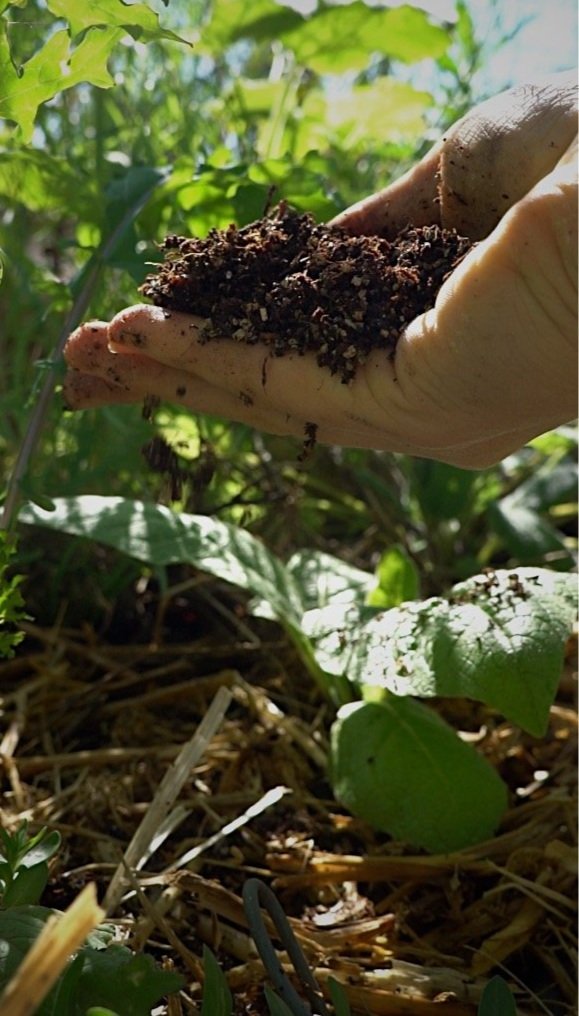The Importance Of Soil Health: Introduction to Soil Management and Plant Nutrients
Your Soil Type
When planning your garden the best place to start is with your soil. Begin by identifying and examining your local soil map to understand what lies beneath. Whether in a city or suburb, you may observe topsoil facing subsurface compaction with construction debris, or urban gardens might have an added layer of landscape sand. Regardless of your situation, numerous methods can help rejuvenate and improve your soil. Not every garden is the same, and it's all about figuring out the unique traits of your garden to start building the essential beneficial nutrients it needs.
As Robert Pavlis states in his book 'Soil Science For Gardeners,' the definition of soil health depends significantly on the type of plant you are growing. Each plant has individual needs, with some thriving in highly nutritious soil while others prefer well draining sandy soil. As an enthusiast of all weeds and herbs, I consistently observe the weeds that have found a place in my garden. This serves as a valuable indication of my soil's health without extensive research.
To be fair, weeds are only deemed as such because generations have labeled them as unwanted. However, in nature, they play a crucial role in highlighting our failure to preserve and protect the once-abundant and beautiful land. The presence of these plants tells a story, serving as a reminder to take better care of our planet. If a specific wild weed dominates your garden, it may be indicating an underlying issue in the soil. As E. Pfeiffer expressed in 'Weeds and What They Tell Us,' weeds can be indicators of our failure in land management.
“Weeds are not merely nuisances but silent messengers, whispering the untold stories of the soil.”
Types Of Soils and Ways To Adapt
Acidic soils
For highly acidic soils, soil amendments are often the recommended solution. Acidic or "sour" soil is characterized by a pH below 6.5, and Australia is renowned for having some of the most acidic soils. These soils are generally nutrient-depleted and are commonly found in areas with high rainfall, extensive cultivation, and agriculture. If your soil is slightly acidic, consider incorporating agricultural lime or wood ash to neutralize acidity and boost nutrient levels.
Poor Drainage & Clay Soils
Soils with poor drainage are often associated with the presence of docks or sorrels, especially in areas near lakes, rivers, or streams with boggy conditions. Weeds indicative of poorly-drained soils include Stinging Nettle, Dandelion, Purslane, Dock, Sorrels, Nasturtiums, and Gotu Kola. To improve drainage in clay soils, consider incorporating organic matter like well-rotted compost or gypsum to break up compacted clay particles and enhance soil structure.
Compacted or Hardpan Soils
Compacted or hardpan soils can result from excessive foot or vehicle traffic on non-sandy soils, especially when the ground is wet. Weeds like Shepherds Purse or Knotweed may thrive in compacted soils. While various weeds tolerate different growing conditions, addressing compacted soil can involve aerating the soil, adding organic matter, and practicing no-till gardening to minimize soil disturbance.
Alkaline Soil
Soil with a pH higher than 7.5 is considered alkaline or "sweet." Dry desert climates often harbor highly alkaline soil. Plants such as wild carrot, Petty Spurge, and Chickweed are well-adapted to alkaline conditions. To modify alkaline soil, incorporate organic materials like compost or well-rotted manure to enhance soil structure and nutrient content.
Sandy Soil
Sandy soil, while easy to work with, drains quickly and struggles to retain water and nutrients. Remedying this involves incorporating compost or organic materials like leaves, straw, or biochar. Weeds indicative of depleted sandy soil include grasses like Wild Oats, Petty Spurge, Fumitory and Geranium. Adding organic matter can enhance fertility and improve the water-holding capacity of sandy soils.
Adding Nutrients To The Soil
To achieve a thriving garden, it is essential to prioritize the soil. Focus on both ground covering and the continuous addition of organic matter. Personally managing two gardens, my primary one is built on dune sand. Over time, it has transformed into rich soil—a process that took over three years to establish. For beginners, it's important to remember that the constant addition of organic matter is crucial, your mulch layer is like a savings account for your soil, especially in sandy soil where nutrients are easily drained away. Having plenty of organic matter in and breaking down on top of your soil not only retains moisture but also preserves essential nutrients.
In our second garden, we have a silty clay soil. This soil type is has higher moisture retention, reducing the necessity for frequent watering and effectively preserving its nutrient content. While certain plants flourish in clay soils, others, such as echinacea, which prefer well-draining soil, may struggle and perish. On the contrary, moisture-loving plants like bananas thrive in this environment, capitalizing on the excess moisture and nutrients. Recognizing the individual needs of your plants becomes crucial in optimizing their growth within diverse soil compositions.
Below I will discuss some great ways to add nutrients to the soil.
Dynamic Accumulators
Add comfrey leaf to your compost. Rich in nitrogen, phosphorus and potassium for growing plants.
Ensure you are growing plenty of productive plants with deep and extensive root systems known as 'dynamic accumulators,' including crops like Red clover, Alfalfa (lucerne), Comfrey, Dandelion, Plantain, Watercress, Chicory, and Borage. The foliage of their leaves is trimmed and dropped under other plants as mulch, allowing it to decompose naturally and feed the living soil.
In permaculture, this is known as 'Chop and drop.' This technique improves soil nutrients without the need for compost bins or purchased mulch. Chop and drop combine composting and mulching in a single process, offering efficiency, time savings, and aiding in organic matter formation, microbe creation, and increased bug population. It's incredible and highly recommended for all gardeners.
Raspberry Jam Wattle. Great Nitrogen Fixer. Picture by Made For The Earth
Nitrogen Fixing
Nitrogen-fixing trees and shrubs play a pivotal role in permaculture practices by harnessing atmospheric nitrogen through their leaves and converting it into a usable form through nodules on their roots. Leguminous plants (Fabaceae), including Tagasate, Wattles, Peas & Beans, exhibit this nitrogen-fixing ability. The small white nodules on the roots of these leguminous plants are visible when uprooted and contain pure nitrogen, actively contributing to both the plant's growth and the overall soil health. Notably, when these plants complete their life cycle, the nitrogen present in the nodules remains in the soil system, continuing to feed the microbiology and surrounding plants.
Mulch
Pea Straw
Pea straw is an amazing effective mulch. It suppresses weeds, retains soil moisture, and enhances soil fertility as it decomposes with its high nitrogen content, providing valuable nutrients. Its fibrous texture improves soil structure, regulates temperatures, and prevents erosion. Pea straw actively promotes the growth of beneficial microorganisms especially when actively breaking down.
Its important to be mindful to buy weed free pea mulch. Do not make the mistake of buying hay as it has a lot of seed.
Woodchips
Woodchips are a valuable resource in the garden. They promotes fungal and microbial activity, and enhance water retention, while regulating soil temperature better than other mulches. They are also a great source of carbon for composting.
Woodchips are great in the garden but its important to know the right place to put it. Do not dig wood chips into your topsoil as they deplete the soil of nitrogen draw down as the fungi, bacteria and microbes use those nutrients for energy to decompose the carbon-heavy wood and bark.
Wood chips are still very useful and are not to be avoided, they are so important for increasing fungal activity, bringing life to the soil, and retaining moisture. Apply wood chips to your pathways, larger trees, shrubs, and around your garden beds. Woodchips are a perfect layer of organic matter that will supply water and nutrients in the soil for both the plants and the beneficial bacteria and fungi.
Worm Castings, Compost & Fertiliser
Every gardener understands the importance of organic matter in the soil, and Robert Pavlis emphasizes in his Soil Science For Gardeners that all living things are fundamentally based on carbon, defining the term "organic." When we discuss organic matter, we refer to the decomposed organic material that is Carbon-rich. Carbon is the best thing for soil health and fertility. Organic Carbon in the form of composts, worm castings, biochar, and decaying mulch are your best options for enhancing the structure of your soil. Nutrients, water, bacteria, and fungi all bind tightly to Organic Carbon in the soil, enriching its fertility, water retention, and active living quality.
.
The NPK (nitrogen, phosphorus, potassium) requirements vary among plant species, and depends on stage of growth. Nitrogen supports vigorous leaf and stem development, contributing to lush, green foliage. Phosphorus is vital for robust root systems, flowering, and fruiting, while Potassium aids in overall plant health, bolstering disease resistance and stress tolerance while also helping with fruit.
Feeding our plants is just as important as ensuring we are getting our correct vitamins for our own health. Plants needs regular feeding every 4-6 weeks to ensure they are growing to their optimum.
Type Of Composting
Vermicomposting with Worms: Vermicomposting is a sustainable and efficient composting method that involves the use of worms, typically red wigglers, to break down organic waste. These diligent composters consume kitchen scraps and other organic materials, producing nutrient-rich vermicompost, often referred to as "black gold." Vermicomposting is well-suited for indoor and small-space gardening, providing an eco-friendly way to recycle kitchen waste.
Chicken Composting: If you have chickens, composting with them is a great use of space. Chickens of course will eat through kitchen scraps and garden waste happily, so using part of their run as a composting pile is very effective. Section off an area and start piling up your garden waste along with kitchen scraps, and let the chickens work through the pile. They will eat weed seeds, and fertilise the pile with their manure, while turning your compost for you! Every time you pile it back up, they will work through it again and again and give you a nice patch of rich soil to dig out and take into the garden.
Home Composting Bins: Home composting bins offer a convenient and accessible way for individuals to manage kitchen and garden waste. These bins facilitate the decomposition of organic materials, turning them into nutrient-rich compost. With proper aeration and moisture control, home composting bins efficiently break down kitchen scraps, yard waste, and other organic matter, providing a wonderful sustainable source of homemade compost for your plants.
Bokashi: Bokashi is a fermentation-based composting method originating from Japan. It involves the use of a bran-based inoculant to ferment kitchen waste in an airtight container. This anaerobic process transforms organic matter into a nutrient-rich pre-compost, known as bokashi. Bokashi composting is ideal for urban dwellers or those with limited space, as it minimizes odors and allows for composting in small containers.
Hot and Cold Composting: Hot and cold composting are traditional methods that differ in their speed of decomposition. Hot composting involves higher temperatures, typically achieved by turning the compost pile regularly and adding high-nitrogen materials. This method accelerates the breakdown of organic materials, producing compost more quickly. In contrast, cold composting is a slower process, allowing organic matter to decompose gradually over time without regular turning. Both methods yield nutrient-rich compost, with hot composting being suitable for those seeking a quicker turnaround.
Amendments, Fertilizers, and Additions
Biochar: Biochar is a type of charcoal made especially for plants, it is a high-carbon form of charcoal that is a very potent method of adding Organic Carbon to your soil. You can make biochar at home or buy it by the bag at most garden centres. Biochar is best used when ‘activated’ by soaking it in a liquid fertilizer to prime it with nutrients and water for the soil.
Black Soldier Fly Larvae: Black Soldier Fly Larvae, a nutrient-packed insect protein source, have gained popularity in sustainable agriculture. Rich in protein and fats, these larvae serve as an excellent feed supplement for livestock, aquaculture, and even as a compost enhancer. Their rapid growth and efficient waste conversion make them an environmentally friendly option for nutrient recycling.
Protein Meal: Protein meal, derived from various sources like soybeans, fish, or bone, is a concentrated protein supplement used in agriculture. It serves as a valuable fertilizer, providing plants with essential amino acids for growth and development. Additionally, protein meal enhances soil fertility by contributing nitrogen, a key nutrient for plant health.
Chicken Manure: Chicken manure is a potent and nutrient-rich organic fertilizer that accelerates the composting process. When properly composted, chicken manure becomes a valuable amendment for the soil, enhancing its structure and fertility. Rich in nitrogen, phosphorus, and potassium, chicken manure is an excellent choice for promoting plant growth. However, it should be composted or aged before application to avoid burning plants with its high nitrogen content.
Guano: Guano, derived from seabird or bat droppings, is a natural fertilizer rich in nitrogen, phosphorus, and potassium. It enhances soil fertility, promotes robust plant growth, and is especially valued for its slow-release properties. Guano serves as an organic alternative, offering a well-balanced blend of nutrients.
Potash: Potash, or potassium carbonate, is a versatile fertilizer providing plants with essential potassium. It plays a crucial role in overall plant health, contributing to root development, disease resistance, and the activation of enzymes. Potash is particularly beneficial for flowering and fruiting plants.
Molasses: Molasses, a byproduct of sugar production, is a valuable organic additive in agriculture. Rich in sugars and minerals, it serves as a microbial stimulant in composting and soil improvement. Molasses enhances microbial activity, fostering nutrient cycling and promoting a healthier soil ecosystem.
Volcanic Rock Ash: Volcanic rock ash, a natural mineral fertilizer, contains trace minerals beneficial for plant growth. Its fine particles improve soil structure, water retention, and nutrient availability. Additionally, volcanic rock ash helps enhance resistance to pests and diseases in plants.
Kelp: Powdered kelp and kelp extracts are an amino-dense organic fertilizer. Packed with essential minerals, growth hormones, and trace elements, kelp promotes vigorous plant growth, improves soil structure, and enhances plant resistance to droughts and diseases.
Potassium Humate: Potassium humate, a water-soluble organic compound, enriches the soil with humic substances. Humic substances are released naturally by decaying organic matter. They enhance nutrient absorption by plants, improve soil structure, and promote microbial activity. Potassium humate is a valuable soil conditioner, aiding in overall plant health and productivity.
Dolomite Lime: Dolomite lime is a specific type of limestone that can be used to supply necessary nutrients to plants and to raise the pH of acidic soils while also boosting calcium and magnesium levels for fruit set and disease resistance. Also referred to as calcium magnesium carbonate, it contains varying amounts of both calcium and magnesium.
In summary, a successful and sustainable garden relies on tailored soil care, eco-friendly practices, and understanding plant-specific needs. Incorporating nitrogen-fixing plants, using pea straw mulch, and choosing the right fertilizers contribute to soil health. Prioritizing organic matter, composting, and responsible gardening practices underscore a commitment to both a flourishing garden and environmental stewardship. A resilient soil foundation fosters long-term success and harmony with the living being known as your garden.
Where to find all this
Discover dynamic accumulators and nitrogen-fixing plants on our website. Explore options for seeds or plants and shop with us to enhance your garden's soil health. Here
Organic Fertilizers
Perth WA Garden Suppliers
Green Life Soil Co - Organic Compost, Mulch, Straw and other gardening supplies.
Dawsons Garden World - Soil Dynamics
Bunnings - Bardee Superfly, Neutrog & Seasol
Book recommendations
Soil Science For Gardeners: Working With Nature To Build Soil Health By Robert Pavlis
Weeds and What They Tell Us by Ehrenfried E. Pfeiffer
The Ultimate Guide To Soil: The Real Dirt on Cultivating Crops By Anna Hess









